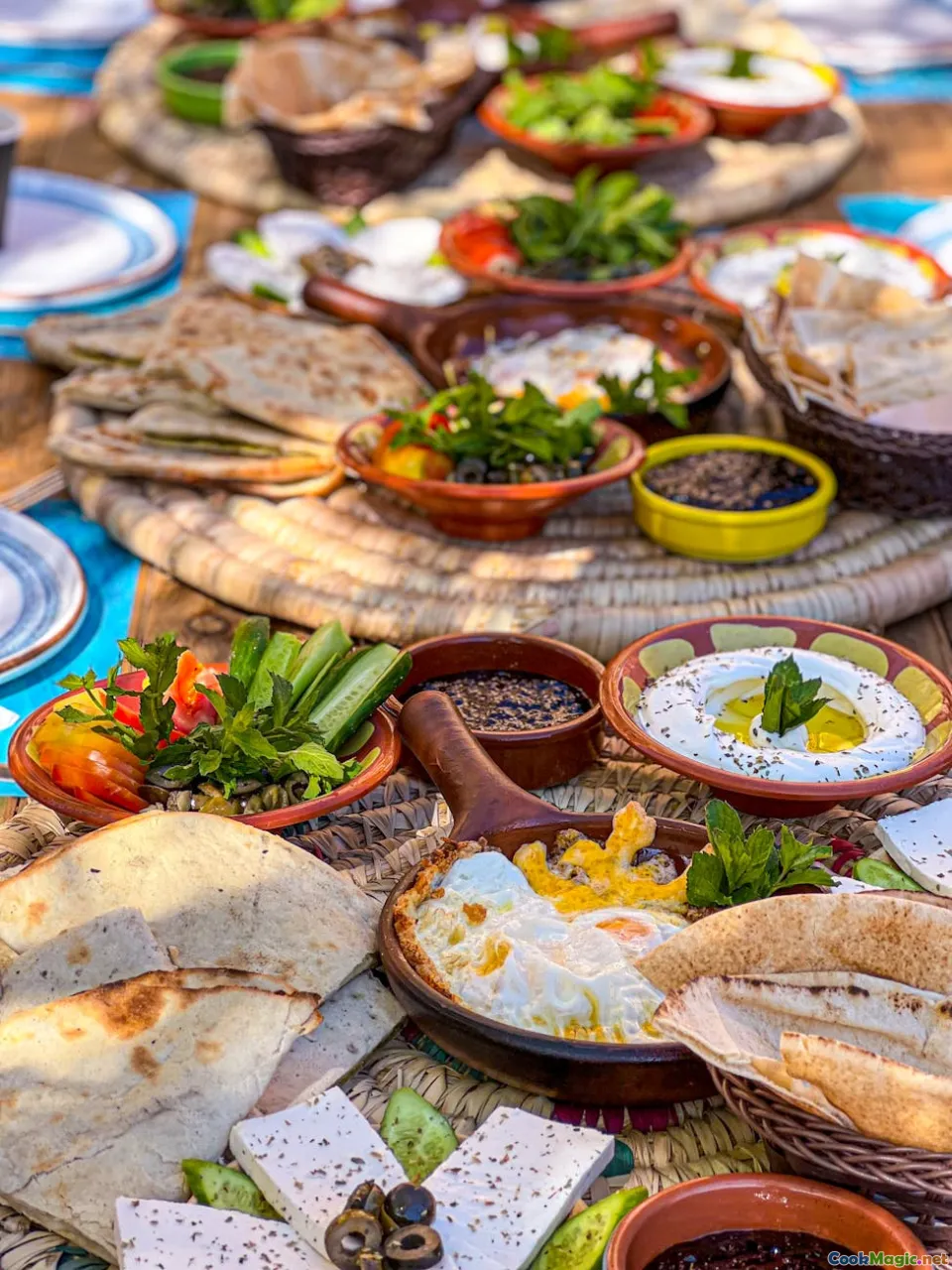Traditional Bangladeshi Breakfasts: A Deep Dive
7 min read Explore the rich tapestry of Bangladeshi breakfasts, delving into their cultural roots, flavors, and the soulful rituals that define morning meals in Bangladesh. May 23, 2025 12:00
Traditional Bangladeshi Breakfasts: A Deep Dive
Imagine waking up to the gentle aroma of freshly cooked rice, the subtle scent of spices wafting through the air, and the comforting warmth of a traditional breakfast that embodies centuries of cultural heritage. This is the essence of Bangladeshi mornings—a symphony of flavors, textures, and rituals that have been passed down through generations.
The Cultural Significance of Breakfast in Bangladesh
In Bangladesh, breakfast is more than just a meal; it’s a sacred ritual that sets the tone for the day. Rooted deeply in agrarian traditions and influenced by the riverine landscape, the morning meal reflects a harmonious relationship between nature, agriculture, and community.
From the bustling streets of Dhaka to the serene villages of the Sundarbans, breakfast acts as a unifying force—bringing families together, reaffirming cultural identity, and honoring centuries-old culinary practices.
Historical Roots and Evolution
Historically, Bangladeshi breakfast dishes have evolved from simple, locally available ingredients. Rice has always been the staple, complemented by seasonal vegetables, lentils, and fish—especially freshwater varieties from the prolific rivers and wetlands.
Ancient texts and folk traditions indicate that early Bangladeshi breakfasts were humble yet hearty, designed to fuel labor-intensive daily activities. Over time, regional variations and influences from neighboring India and Southeast Asia enriched the breakfast landscape, creating a diverse array of dishes that are both nourishing and flavorful.
Core Ingredients and Flavors
Riceremains the cornerstone of most breakfasts, often served steamed or as flatbreads likepithaandparatha. Freshwater fish, such as ilish (hilsa)androhu, feature prominently, seasoned with mustard, turmeric, and chili.
Legumes like moong dalandchickpeas add protein, while coconut, jaggery, and a variety of spices provide depth and aroma. The use of mustard oil and green chilies imparts a distinctive pungency and heat—hallmarks of Bangladeshi flavor.
Sensory Experience
The sensory richness of Bangladeshi breakfasts is unparalleled. Imagine biting into a soft pithafilled with jaggery and coconut, its edges crispy and caramelized, or savoring the tender, flakyparatha paired with spicy fish curry. The smell of cumin, mustard seeds, and fresh herbs creates an inviting atmosphere that awakens the senses.
Popular Traditional Breakfast Dishes
1. Bhuna Khichuri with Begun BhartaA quintessential comfort food,khichuriis a fragrant rice and lentil dish cooked with turmeric, bay leaves, and ghee. Often served withbegun bharta—mashed roasted eggplant with onions and green chilies—this hearty dish is a staple during festivals and special mornings.
2. Panta Bhaat with Alu Bharta and Fish****Panta bhaat is fermented rice soaked overnight, served cold with a side ofaloo bharta (mashed spiced potatoes) and fried or grilled fish. This dish carries historical significance, once consumed by farmers after a long night’s work, offering comfort and sustenance.
3. Macher Jhol (Fish Curry) with RiceA simple yet flavorful fish curry,macher jhol uses fresh fish simmered in a broth of turmeric, garlic, and ginger, accompanied by plain steamed rice—an everyday breakfast symbolizing freshness and vitality.
4. Pitha Varieties****Pithas are traditional rice cakes or dumplings, often sweet or savory. Popular types includeChitoi Pitha, a soft steamed rice cake, and Bhapa Pitha, steamed with coconut and jaggery filling. These are especially prevalent during winter mornings and festivals.
5. Dim and ParathaA quick and satisfying breakfast,dim (egg)cooked in various styles—boiled, scrambled, or fried—paired withparatha or crispy flatbreads, offers a protein-rich start.
Traditional Breakfast Rituals and Social Aspects
Breakfast in Bangladesh often involves communal eating, where family members gather around a steaming plate of rice or a platter of assorted dishes. It’s a time of bonding, storytelling, and sharing traditions.
In rural areas, breakfast might be a simple affair—cornbread, fish, and fresh vegetables—prepared with love and care. In urban settings, cafes and street vendors serve luchi with alur dumorfuchka (pani puri), adding a lively, social dimension to mornings.
Personal Reflections and Anecdotes
Having traveled across Bangladesh, I vividly remember the mornings in a small village near Sylhet, where the aroma of freshly brewed chaimingled with the scent ofpithaand fried fish. The warm, welcoming smiles of local women preparingbegun bhartaandshutki (dried fish) made every breakfast feel like a celebration.
In Dhaka, the hustle of street vendors selling kacchi(raw fish) andparatha is a testament to the vibrant, bustling food culture that keeps Bangladeshi mornings lively and flavorful.
Modern Twists and Preservation of Tradition
While traditional dishes remain central, modern Bangladeshi chefs and home cooks experiment with fusion, infusing breakfast with international influences—like avocado with macher jhol or quinoa replacing rice.
Nevertheless, the essence of Bangladeshi breakfasts—simplicity, richness, and cultural rootedness—continues to thrive, passed down through generations.
Conclusion
A deep dive into the traditional breakfasts of Bangladesh reveals more than just food; it uncovers a tapestry of history, culture, and community. From humble rice and fish to elaborate pithas, each dish tells a story of resilience, tradition, and the warm, soulful mornings that define Bangladeshi life.
So, the next time you wake up to the aroma of spices and rice, remember—you’re tasting a centuries-old heritage that continues to nourish body and soul alike.









